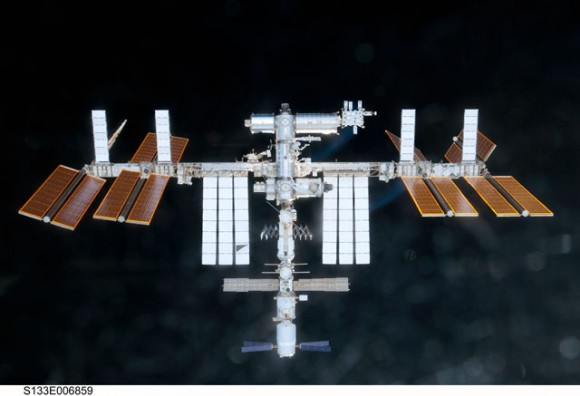Canary Islands Antenna Being Modified to Boost Signal to
Struggling Russian Mars Probe
As part of
an effort to improve communication with the Russian Space Agency’s Phobos-Grunt
spacecraft, modifications are being made to a 15-meter dish antenna at
Maspalomas station. Located in the Canary Islands off the Atlantic coast of
North Africa, the station provides tracking, telemetry, and other functions in
support of the European Space Operations Centre (ESOC) of the European Space
Agency (ESA).
Last week, ESA succeeded in communicating with Phobos-Grunt on
two successive days after a feedhorn antenna was added to an antenna near Perth, Australia similar to
the facility in Maspalomas. Although this enabled the downloading of spacecraft
telemetry, attempts later in the week to make renewed contact failed. After no
attempts were made over the weekend, commands aimed at getting the spacecraft
to boost its orbit were sent yesterday, also from Perth, but tracking this
morning revealed that the commands had not been executed.
Launched November 9 from the Baikonur Cosmodrome, in Kazakhstan, Grunt is an unpiloted science probe built to travel to Phobos, the larger of Mars’ two small moons. On board is a science payload consisting of numerous instruments designed to elucidate the structure and origin of Phobos, the composition of its surface material, and possibly dust from Mars that may be present as well. A Chinese probe called Yinhuo-1 is to be delivered into orbit around Mars, while the rest of the payload is to land on the Phobosian surface. Some time after landing, a 200 gram sample of the surface is to be deposited into a capsule which then will launch for a journey back to Earth. Also traveling in the return capsule is thePlanetary Society’s Living Interplanetary Flight Experiment (LIFE), which I helped to design. As with the Phobosian surface sample, the LIFE experiment will be valuable scientifically,only if the return capsule can be returned to Earth.
Launched November 9 from the Baikonur Cosmodrome, in Kazakhstan, Grunt is an unpiloted science probe built to travel to Phobos, the larger of Mars’ two small moons. On board is a science payload consisting of numerous instruments designed to elucidate the structure and origin of Phobos, the composition of its surface material, and possibly dust from Mars that may be present as well. A Chinese probe called Yinhuo-1 is to be delivered into orbit around Mars, while the rest of the payload is to land on the Phobosian surface. Some time after landing, a 200 gram sample of the surface is to be deposited into a capsule which then will launch for a journey back to Earth. Also traveling in the return capsule is thePlanetary Society’s Living Interplanetary Flight Experiment (LIFE), which I helped to design. As with the Phobosian surface sample, the LIFE experiment will be valuable scientifically,only if the return capsule can be returned to Earth.
Although
Phobos-Grunt was delivered into space nearly three weeks ago by a Zenit 2
rocket launch that appeared flawless, an upper stage rocket known as Fregat
failed to ignite. This left the spacecraft in a low Earth orbit that improved
as a result of the automated maneuvering, but that will decay by mid-January if
the altitude is not boosted more significantly. Because a low orbit requires a
spacecraft to move more swiftly with respect to the ground, communication is
extremely limited due both to time and geometry. By allowing Maspalomas to
operate similarly to Perth, but from its different location, both geometric and
time factors affecting communication will be improved. Should this result in
the spacecraft executing commands to climb to a higher orbit, further
communication and diagnosis of spacecraft systems then would become much easier.




